Growing Focus on Sustainability
The heightened emphasis on sustainability and environmental responsibility is a key driver for the EDLC for EV Market. As consumers become more environmentally conscious, the demand for electric vehicles, which are perceived as a cleaner alternative to traditional combustion engines, continues to rise. This shift in consumer behavior is likely to propel the growth of the EDLC market, as these capacitors are integral to enhancing the efficiency of electric vehicles. In 2025, the sustainability trend is expected to influence approximately 70% of purchasing decisions in the automotive sector, underscoring the importance of energy storage solutions like EDLCs in meeting consumer expectations for eco-friendly technologies.
Government Incentives and Policies
Government initiatives aimed at promoting electric vehicle adoption are playing a crucial role in shaping the EDLC for EV Market. Various countries are implementing policies that provide financial incentives for EV purchases, as well as funding for research and development in energy storage technologies. In 2025, it is anticipated that government subsidies and tax credits will contribute to a significant increase in EV sales, thereby driving demand for EDLCs. These policies not only encourage consumers to transition to electric vehicles but also stimulate innovation within the EDLC for EV Market, as manufacturers strive to meet the evolving regulatory standards and consumer expectations.
Rising Demand for Electric Vehicles
The increasing consumer preference for electric vehicles (EVs) is a primary driver for the EDLC for EV Market. As more individuals and businesses seek sustainable transportation options, the demand for efficient energy storage solutions, such as Electric Double Layer Capacitors (EDLCs), is likely to rise. In 2025, the EV market is projected to reach a valuation of approximately 800 billion USD, indicating a robust growth trajectory. This surge in EV adoption necessitates advanced energy storage technologies that can enhance vehicle performance and charging efficiency. Consequently, the EDLC for EV Market is positioned to benefit from this trend, as these capacitors offer rapid charge and discharge capabilities, making them ideal for applications in electric vehicles.
Advancements in Charging Infrastructure
The development of advanced charging infrastructure is significantly impacting the EDLC for EV Market. As charging stations become more widespread and technologically sophisticated, the need for efficient energy storage solutions is becoming increasingly apparent. EDLCs, with their rapid charge and discharge capabilities, are well-suited for integration into fast-charging systems. By 2025, the number of public charging stations is projected to exceed 1 million, creating a substantial market for energy storage technologies. This expansion of charging infrastructure not only facilitates the growth of electric vehicle adoption but also enhances the relevance of the EDLC for EV Market, as manufacturers seek to optimize energy management in charging applications.
Technological Innovations in Energy Storage
Technological advancements in energy storage systems are significantly influencing the EDLC for EV Market. Innovations in materials and manufacturing processes are enhancing the performance and efficiency of EDLCs, making them more attractive for use in electric vehicles. For instance, the development of new electrode materials has the potential to increase energy density and reduce costs. As of 2025, the market for energy storage solutions is expected to grow at a compound annual growth rate (CAGR) of around 20%, driven by the need for improved energy management in EVs. This trend suggests that the EDLC for EV Market will likely experience increased investment and research, further propelling its growth as manufacturers seek to integrate cutting-edge technologies into their products.


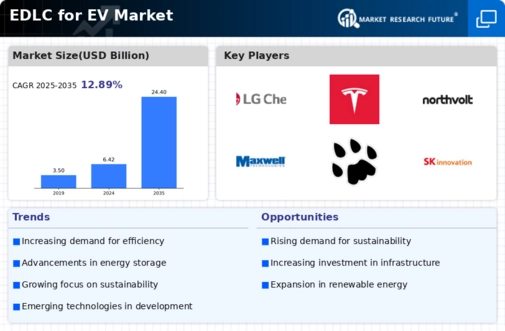
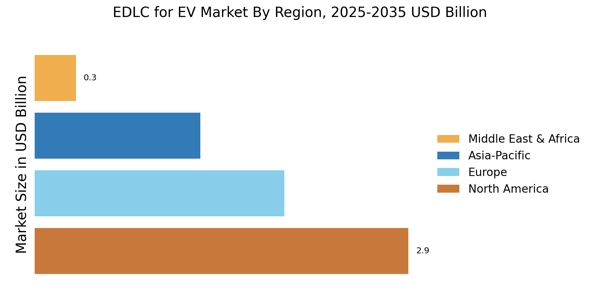
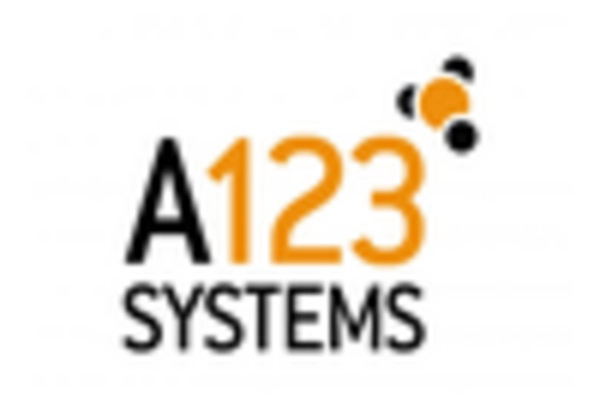
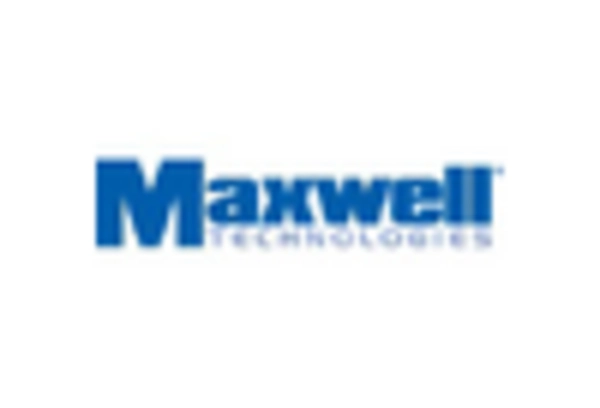
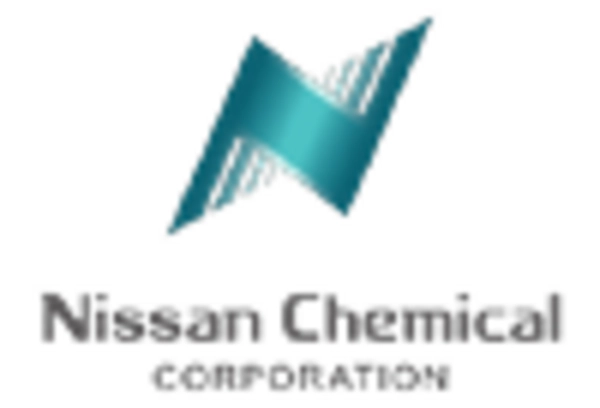
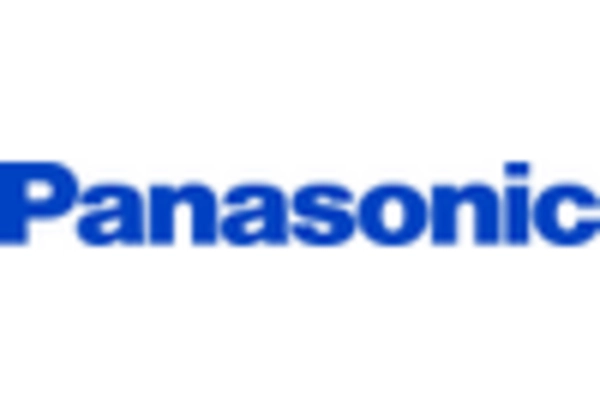
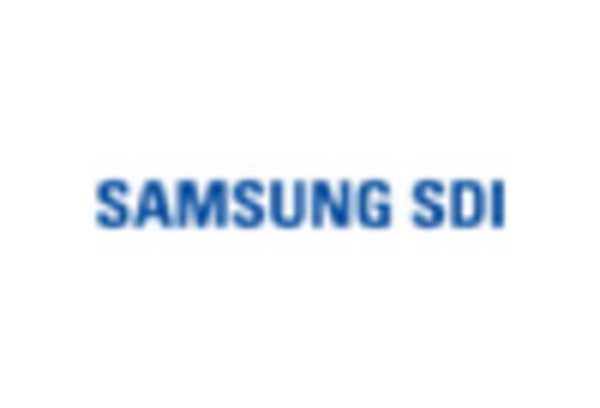









Leave a Comment